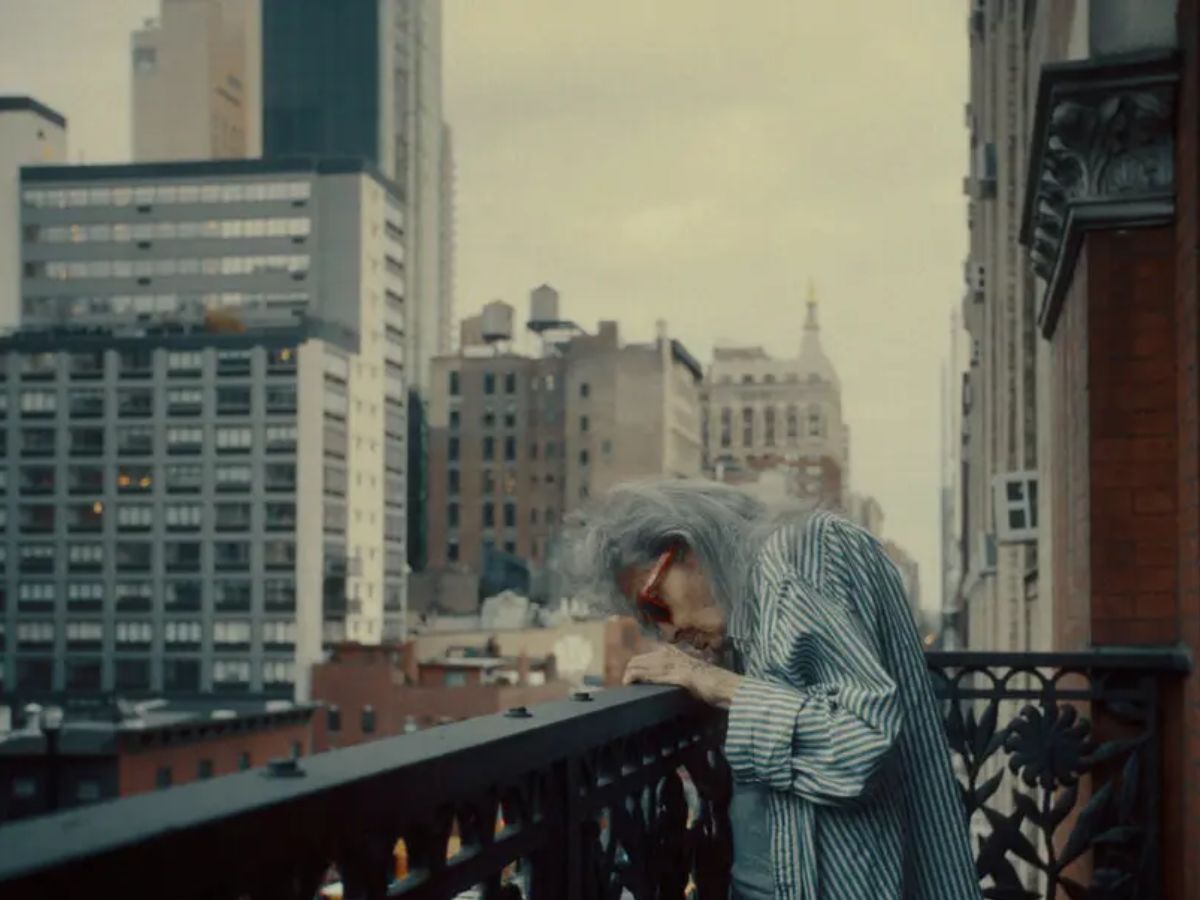Chelsea Hotel Documentary Conveys an Urban Horror Story

Dreaming Walls: Inside the Chelsea Hotel, created by Martin Scorsese, is a highly affecting spiritual deconstruction of a cultural monument. It conveys the atmosphere of The Chelsea because the directors assume the spectator is aware of the history beforehand.
The Hotel Chelsea in New York City first opened its doors on 23rd Street in 1884. Some of the greatest figures in all of the arts resided on its twelve floors of brick. Among the very first check-ins were Mark Twain and Oscar Wilde. On the eighth floor, Madonna mapped out her global takeover and later took pictures for her book, Sex. The screenplay for 2001: A Space Odyssey was written there by Arthur C. Clarke. When she was a young actress, Marilyn Monroe resided at The Chelsea. Arthur Miller also eventually returned there following their divorce. The bohemian culture served as an influence for writers such as Tennessee Williams, Sam Shepard and poet Dylan Thomas amongst others.
Dreaming Walls is unsettling, as the title would imply.
It is a sad and joyous urban horror story in which the ghosts are being driven out. A young African-American construction worker starts talking to the hotel’s longtime resident choreographer Merle Lister Levine about the emotions he experiences while entering particular rooms. He claims to have researched the Chelsea Hotel online and discovered all the artists that resided and worked there. By the time his section is over, he is discussing his aspirations to become an architect. You see him singing Mambo Italiano and dancing on a stairway. He appears to become a de facto inhabitant by proxy in the poignant and incredibly humorous scene.
Whether they originate from the documentary’s superimposed camera images or the imaginations projected onto people who gave the hotel its renown, the ghosts are now merely projections. Artists who have a permanent address at the hotel are being relegated to service elevators, hidden from view. The Chelsea is being transformed into an expensive boutique hotel by developers taking advantage of the property’s former fame.
During a dinner scene, the long-time occupants debate whether renovations will be enough to hide the sex, drugs and creative excess entrenched in the structure.
The movie shows dreamy archival footage of singalongs, dancing performances, and art collaborations that involved large portions of the community of the building. Additionally, it shines a light on the bleak reality experienced by the artists who murdered themselves; whether on purpose or not. The hotel saw a great deal of drug-related deaths, but there is no judgment, just momentary sadness.
The Michael Andrews soundtrack successfully captures the atmosphere of the hotel during its era. The action of Dreaming Walls takes place in the present. It is not a comprehensive history of the hotel which would be impossible to cover in a single film. But rather an intuitive therapy session for people who were taken aback by the transformation.
The remaining permanent occupants are shown going about their lives but the narrative is one of change. This is nothing new for a few of the residents. Bettina Grossman admits that she used to sleep in the corridor when her apartment was overrun by her artwork.
The process is improvisational, loosely organized, eccentric, and beautiful. There are idiosyncratic and honest full-bodied personalities in the cozy settings of their flats instead of talking heads laughing over anecdotes. Some subjects never introduce themselves. Others just provide their identities as home movie footage shows where they fit into the building. Some rooms are thoroughly examined down to the last piece of dust, while others are just glimpsed in the gentle reflections of the flat windows.
The documentary manages to deliver its message impressionistically despite how authentic the subjects’ stories feel.
Yellowed stills of mysterious brilliance and jumbled memories of affordable Manhattan real estate help to create the scene.
Stanley Bard, who managed the hotel from the 1970s until 2007, is shown in archival footage. Bard approved art on the walls of the hotel even if the artist didn’t have the cash to pay the rent. However, The Chelsea under his leadership also developed into a refuge for prostitutes and drug use. Dreaming Walls keeps its quiet authority, never caving into lazily exploitative sensationalism. The directors deserve praise for their restraint given their background, which includes Nancy Spungen’s final deadly night with Sid Vicious.
The audience will decide whether there are cultural issues with the capitalist realities of gentrification. The developers are not shown as blatantly evil. Zoe and Nicholas Pappas, two longtime local artists, envision a bright future. Other protesters use legal proceedings to delay construction. One renter refers to the current construction as a “slow-motion rape.” The oldest resident of The Chelsea, reclusive artist Bettina Grossman, who passed away between the time of her interview and the film’s premiere, provides the most harrowing testimony against the new management.
